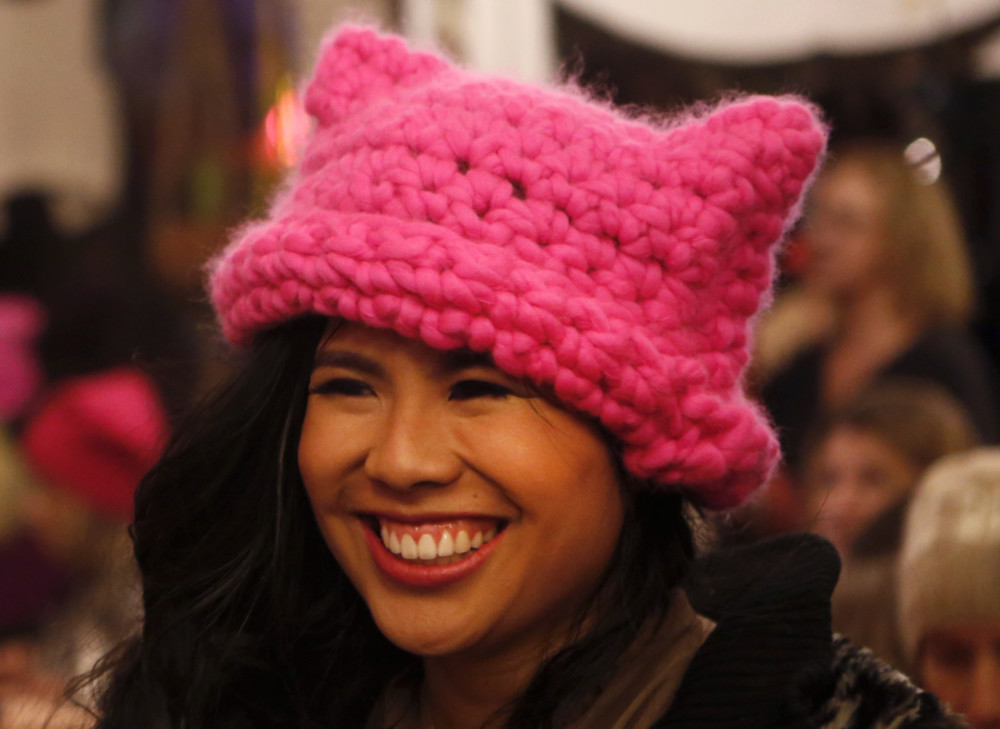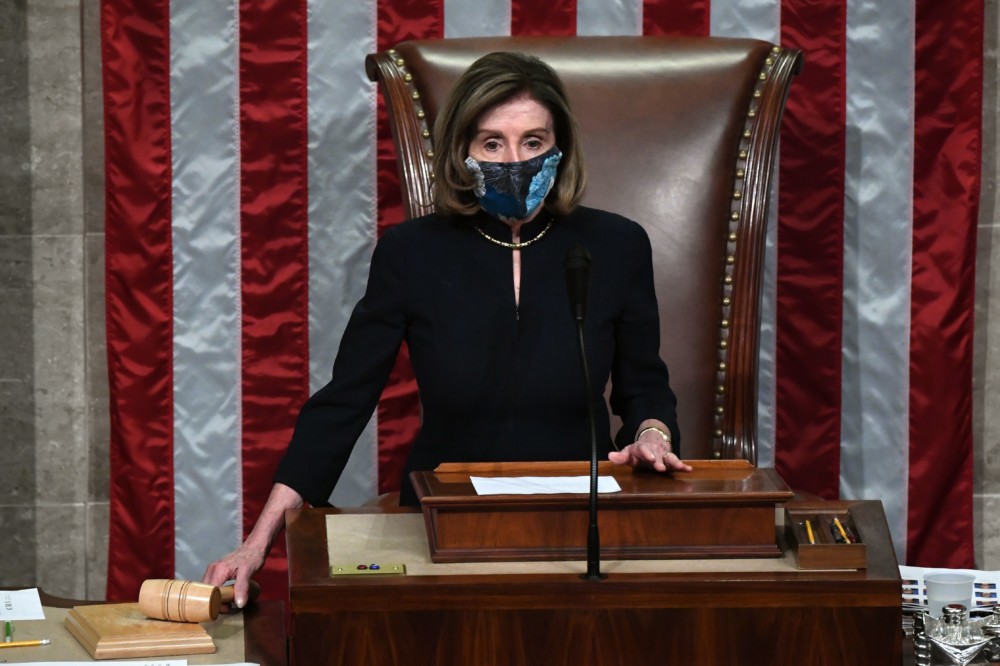By Jessica Wehrman
The Columbus Dispatch, Ohio
WWR Article Summary (tl;dr) Women are running for office in record numbers. The movement gained momentum nearly a year ago when an estimated 500,000 women descended on Washington for the Women’s March.
WASHINGTON
On any given year, EMILY’S List — the Democratic organization that recruits pro-choice women to run for office — draws the interest of a few hundred women thinking of running for office.
From the day after Election Day 2014 to Election Day 2016, for example, 920 women contacted the organization.
But beginning the day after Election Day 2016, more than 26,000 did — a demand stunning enough to force the organization to expand.
The movement gained momentum nearly a year ago when an estimated 500,000 women descended on Washington for the Women’s March one day after President Donald Trump was elected.
And following months of sexual assault and harassment claims that caused a series of powerful men to resign their positions, women are angling for more political heft.
It’s happening in a way that has not been seen since the 1992 Clarence Thomas-Anita Hill hearings, a spectacle that culminated in the election of Democratic Sens. Patty Murray of Washington and Dianne Feinstein and Barbara Boxer of California.
Count Noni Banks, 42, president and CEO of a business and leadership development organization for women, among those motivated to run.
Banks, a Westerville Democrat, thought she’d spend last year supporting other women who decided to run.
But when others urged her to run, she began to consider it. And when the #metoo movement happened, she jumped, announcing her candidacy for Ohio’s 19th General Assembly District.
“It’s irresponsible of me to expect someone else to do something when I’m not willing to do it myself,” she said. “I could not sit on the sidelines anymore.”
That push has driven as many as 38 women to decide to run for U.S. Senate nationally this year — twice as many as in 2016, according to the Center for American Women and Politics, based at Rutgers University.
The Senate gained another female senator last week, when Tina Smith, D-Minnesota, was sworn in to replace Al Franken, who resigned after being accused of sexual harassment, bringing the number of women in that body to an all — time high of 22.
In Ohio, four of the major candidates for governor are women — Democrats Nan Whaley, Connie Pillich and Betty Sutton and Republican Mary Taylor. Two male candidates picked women as their running mates: Republican Jim Renacci chose Cincinnati City Councilwoman Amy Murray, and Democrat Joe Schiavoni chose State Board of Education member Stephanie Dodd.
Julie McClain Downey of EMILY’s List said that interest doesn’t necessarily translate to candidacy. Still, she said some stars are aligning in a way that might help: A bump in congressional retirements, for example, could give women candidates an advantage, since incumbents traditionally are favored to win.
Nationally, the increase has been driven by Democratic women, many of whom were enraged by stories about Trump and sexual harassment late in the 2016 campaign, as well as some of the language used about Democrat Hillary Clinton, said Debbie Walsh of the Center for American Women and Politics. Of the 38 women the center lists as potential Senate candidates, 25 are Democrats. Of the 354 women considering a run for the House, 291 are Democrats.
For Republican women, it’s complicated, she said. Many are disgusted by stories of sexual harassment but “they would have to fight their own party,” she said. “And that’s more complicated.”
Still, the energy and enthusiasm is impressive. “It is a moment,” she said.
And it’s one that might affect election results, as well as candidates: Reports that Republican Roy Moore had dated teenage girls years ago while in his 30s were a major factor in Democrat Doug Jones winning the overwhelmingly Republican state, and women voters weighed in: On average, women preferred Jones by 57 percent, according to exit polls, and while 63 percent of white women voted for Moore, 98 percent of black women backed Jones.
“Turnout is always key to an election,” said C. Danielle Vinson, a political science professor at Furman University in South Carolina. “And this year, the factors that are encouraging people to vote are playing more in the Democrats’ favor.”
McClain Downey said that while many of the women who contacted her organization might have been motivated by the 2016 results, that’s only been one factor. “The reality is, women don’t only run for office because they hate Donald Trump,” she said. “They run for office because they want to fix things.”
Shadia Jallaq, manager of Programs for Ohio Women Empowered to Represent, an initiative at the Ohio State University aimed at encouraging women to run for office, said she has seen increased interest in the Ready to Run program — a one-day, bipartisan conference for women with an interest in public service. “We’ve definitely seen an increase in interest,” she said.
But she said that party interest has been consistent since the program’s inception three years ago, with about 75 percent of those who apply Democrats and 25 percent Republicans. She credits the JoAnn Davidson Leadership Institute — which encourages young Republican women to run for office — with spurring GOP interest.
She doesn’t necessarily connect the increase to Trump or the #metoo movement. Instead, she said, “it’s about their voice — about wanting to have a voice, and that their voice is perhaps not being heard.”
Davidson, a Republican and the first woman elected speaker of the Ohio House of Representatives, said she, too, has seen increased interest among women — both those wanting to run and those wanting to help others run.
“A lot of times, quite frankly, it’s what opportunities exist,” she said.
But 2016 has still been a factor. Bryn Bird, a 33-year-old mother of two, initially declined suggestions that she run for Granville Township Trustee, east of Columbus in Licking County.
But after the 2016 presidential election, she found herself in a basement filled with women motivated to get involved.
They had expected 20 women. Eighty showed up, cramming into every available parking space in the neighborhood.
After she opted in, she said, it was women who largely turned up to volunteer, to knock on doors for her, to motivate her.
And she won.
“I don’t think it’s just that women are running,” she said. “I think it’s that women are engaged throughout the process.”
















































































































































































































































































































































































